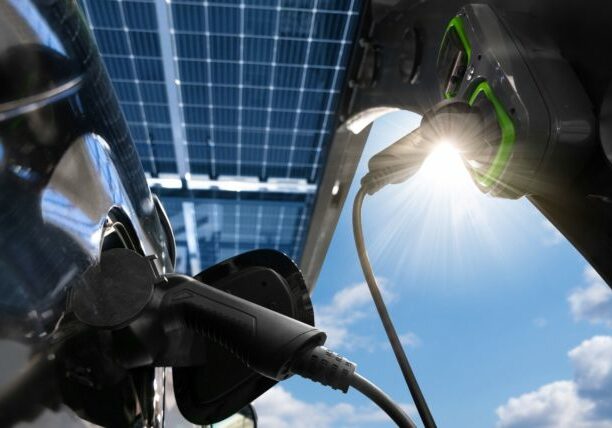November 12, 2013
Feeling Energized by Wind? October in Review
By Val Stori
October was an energized month for the offshore wind industry. A successful American Wind Energy Association Offshore Wind Conference attended by industry leaders, environmental advocates, state and federal agencies, finance agencies, investors, and university researchers was held in Providence, Rhode Island, and attendees departed with growing optimism. While U.S. regulatory and policy mechanisms supporting offshore wind are still uncertain, things are looking brighter for offshore projects in general. For one, the Bureau of Ocean Energy Management held two successful offshore wind lease auctions earlier this year and a third is planned for off the coast of Maryland later this year, with MA and NJ to follow in the first quarter of 2014. One of those lease areas, won by Deepwater Wind for a 1,000MW project off the RI/MA coast, lies in what many consider to be the best wind resource site on the east coast and is optimally located close to load centers. While this project’s development is several years down the road, the upside is that the project will benefit from improved turbine technologies and efficiencies–these developments are critical in driving down overall project costs and help to level out the cost of wind energy.
It was also energizing to see project investors and European finance institutions present at the AWEA conference. Many spoke to current investments in offshore wind farms in Europe and the importance of investing in R&D to drive down future costs. The UK Green Investment Bank, which has provided both debt and equity financing for large offshore projects, is also financing offshore wind innovation to improve the affordability of future technologies. It recently announced a further 2.5 million Pound investment under the Offshore Wind Component Technologies Scheme. Many European investors stand ready to finance offshore development in the U.S. if and when stable, long-term policy framework is developed.
In the interim, state agencies are working to support offshore wind on a case-by-case basis. Last month, the Long Island Power Authority announced two RFPs, which both have provisions for offshore wind. The first competitive procurement is for on-island renewable energy–up to 280MW by 2018. The other proposal seeks 1630MW of generation, storage, and demand response to replace expiring peak generation sources with more efficient resources by 2019. And in Oregon, BOEM announced it was assessing competitive interest in an offshore wind area to determine whether it would issue a competitive or non-competitive lease for the area.
And in other uplifting news from the offshore wind sector, the New Bedford Economic Development Council (MA) is forging ahead with offshore wind port facility aspirations. At a well-attended session at the AWEA conference, the Economic Development Council outlined the Port’s advantages and mentioned the international attention the offshore terminal’s plan has been receiving. In both October and November, German developers and port experts toured the facility, to share stories of their successes overseas. German manufacturer, Siemens, will be supplying the turbines for the Cape Wind project, which is approaching the last of its legal hurdles–New Bedford hopes to capture the bulk of the staging and set-up work for the offshore farm.
These are just some examples of the momentum building within the U.S. offshore wind sector. Yet despite the progress being made in some areas, the U.S. still lacks comprehensive, long-term policy to really create an offshore industry. Yes, projects will be built on a case-by-case basis, such as Deepwater Wind’s Block Island offshore development, with individually-procured power purchase agreements or offshore wind renewable energy credits. But to build the industry and attract investors, we need acquisition targets, stable federal support, and regional cooperation. Let’s keep the momentum going and ensure the success of vital economic development projects such as New Bedford’s offshore wind port facility.














